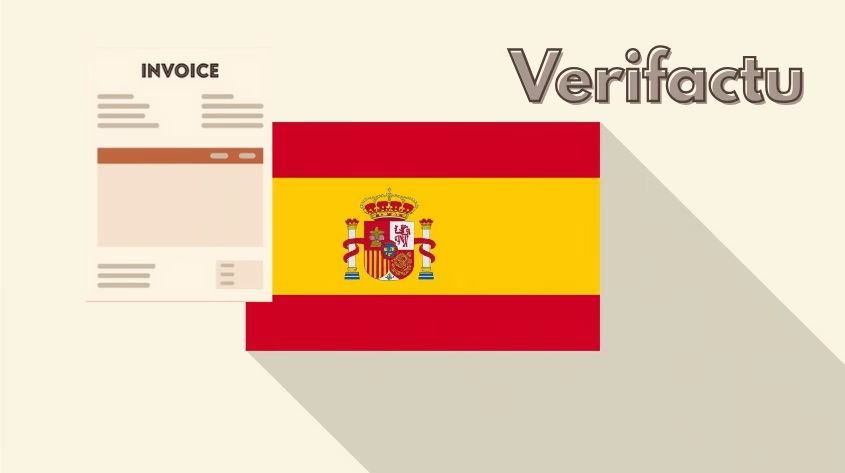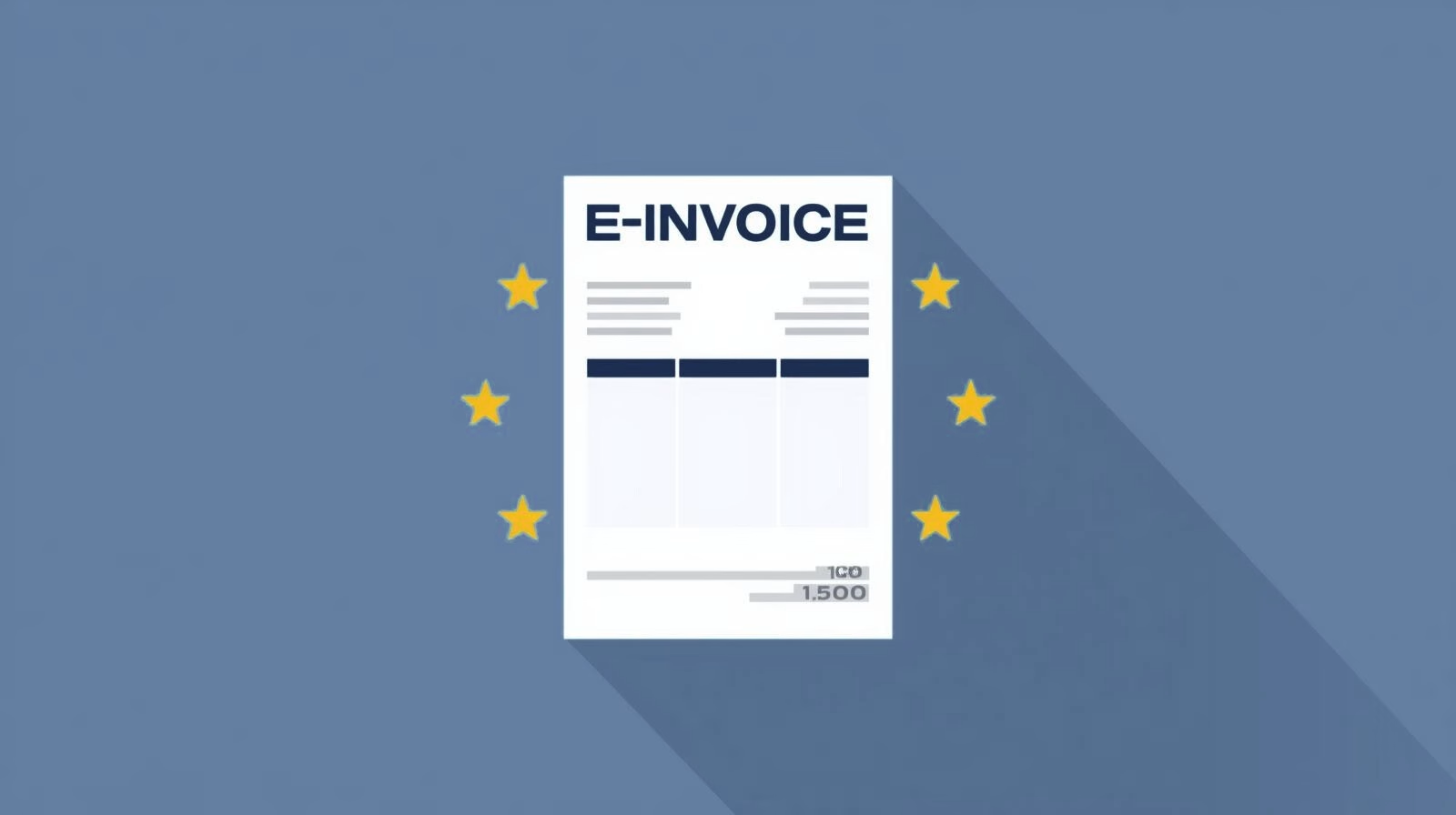A provision is an accounting obligation for future expenses whose occurrence or amount is uncertain on the balance sheet date, but whose basis lies in the past. Provisions are amounts of money that companies set aside as a precaution because they expect future costs - e.g. for warranty claims, legal disputes or deferred maintenance. You don't know exactly when and how much, but it is likely that something will come up.

Relevant context and area of application in SAP Business One:
There is no specific function for accruals in SAP Business One. They must be calculated manually and recorded in the system using regular journal entries. The following tools are available:
Recurring transactions (recurring postings):
These can be used to automate the creation and subsequent reversal of provisions. A provision at the end of the year can thus be planned and systematically reversed in the new financial year.
Voucher logic and manual control:
As receipts for recurring transactions cannot be changed, a detailed check is required in advance. The responsibility for correctness and documentation lies entirely with the user or the finance team.
IFRS context:
Among IFRS strict requirements apply to provisions. They may only be recognised if:
a present obligation from a past event exists, an outflow of economic resources is probable and the amount can be reliably estimated. The treatment of provisions differs significantly in some cases from local GAAP rules, particularly with regard to measurement, recognition and timing of recognition.
Differentiation from related terms:
Provisions differ from liabilities because they are uncertain in terms of timing and/or amount. In contrast to Demarcations Provisions often relate to uncertain but expected events with an external cause.
Example:
A company expects repair costs for delivered products based on warranty promises. A provision is recognised even though the actual costs Costs and the exact entry date are not yet known. In SAP Business One, the entry is made manually, for example:
Expenses for guarantee obligations to provisions for guarantees
Speciality in the plant area:
The term provision is sometimes used colloquially in asset accounting to refer to the residual carrying amount of an asset. This is not technically correct: what is meant is the so-called memo value, i.e. the value up to which an asset is depreciated. This concept of a provision has nothing to do with the classic provision for uncertain liabilities.

Verifactu in Spain: the new invoicing obligation

The e-invoicing regulations in Europe

Versino Financial Suite V09.2025 for SAP Business One

Accounting outsourcing: Why it pays off for SMEs

CANDIS for SAP Business One
